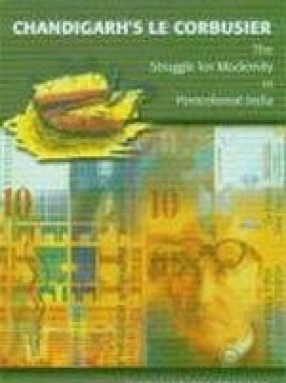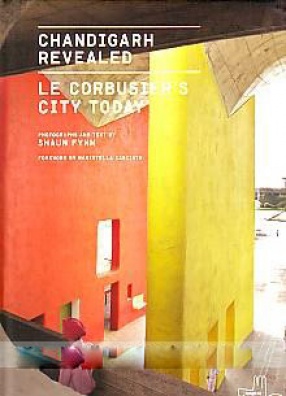When India emerged from colonial rule in 1947, the division of Punjab left its historic capital, Lahore, in newly created Pakistan. Indian Prime Minister Jawaharlal Nehru insisted that Punjab’s new capital, Chandigarh, should be a symbol of the nation’s faith in the future, unfettered by the traditions of the past. Its design and construction galvanized national attention, and Le Corbusier, the icon of European architectural modernism, was invited to help remake India’s national ideal. Le Corbusier arrived in 1950, in the twilight of his career. He set to work alternately wooing and clashing with Nehru and with the Indian planners and builders, prevailing ultimately only in the design of the Capitol Complex and a few buildings in the Museum Complex, as well as his enduring symbol of peace and non-alignment, the Open Hand. Vikramaditya Prakash tells the fascinating story that lies behind the planning and architecture of Chandigarh. Drawing on his intimate knowledge of the city, where
Chandigarh Revealed: Le Corbusier’s City Today
$118.80
$132.00






There are no reviews yet.